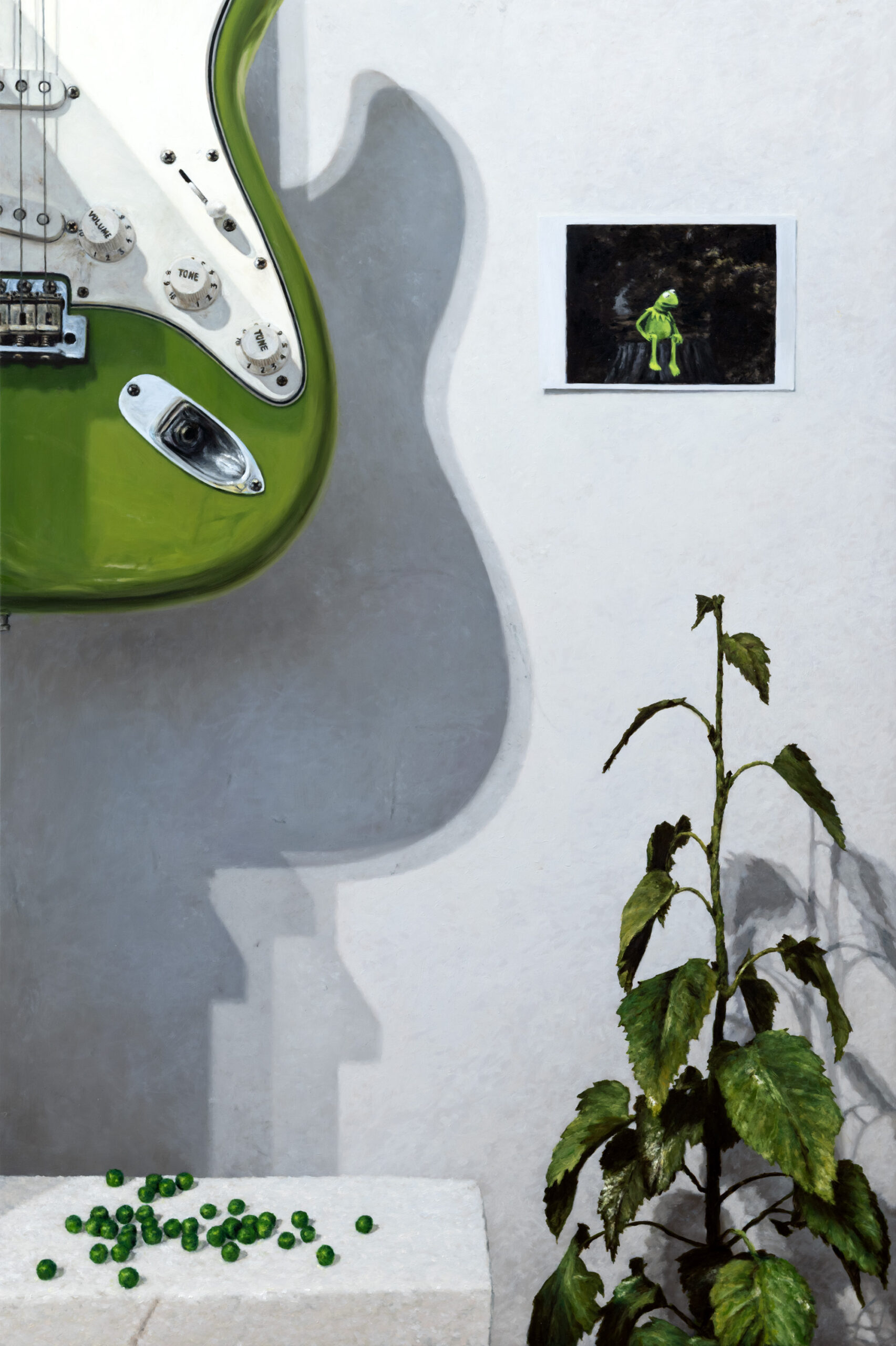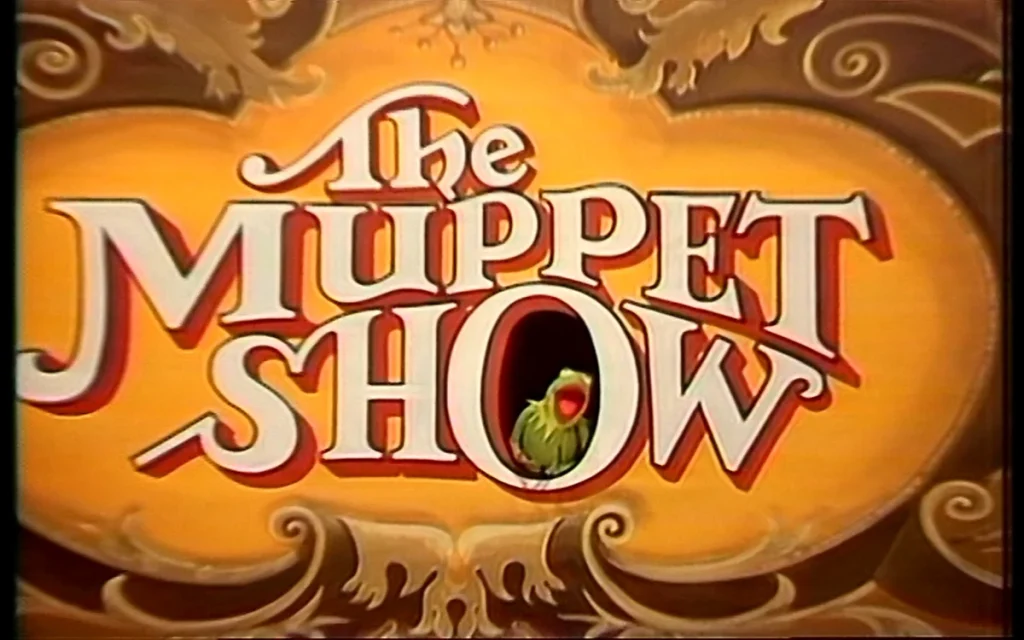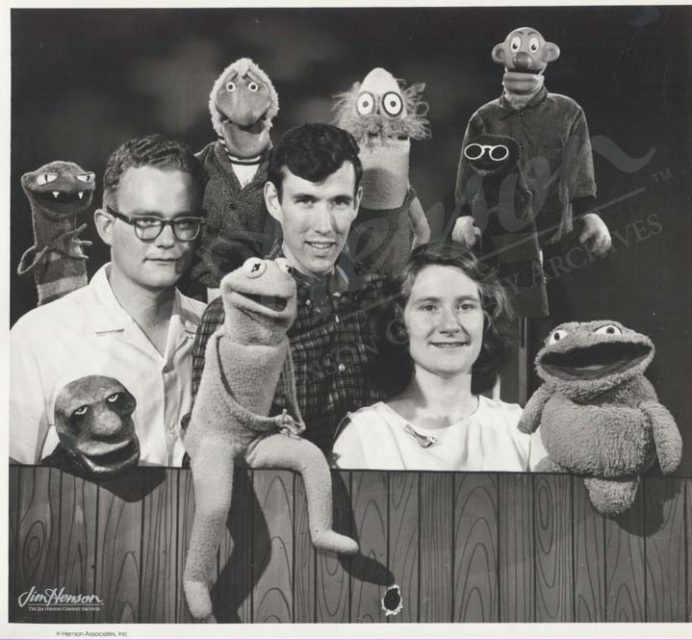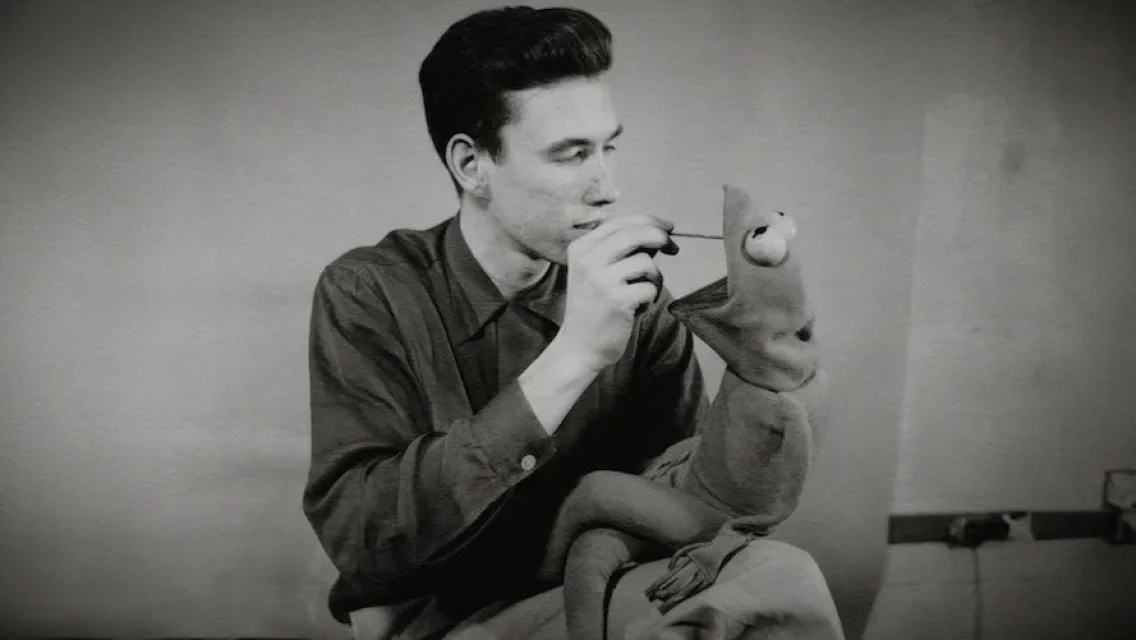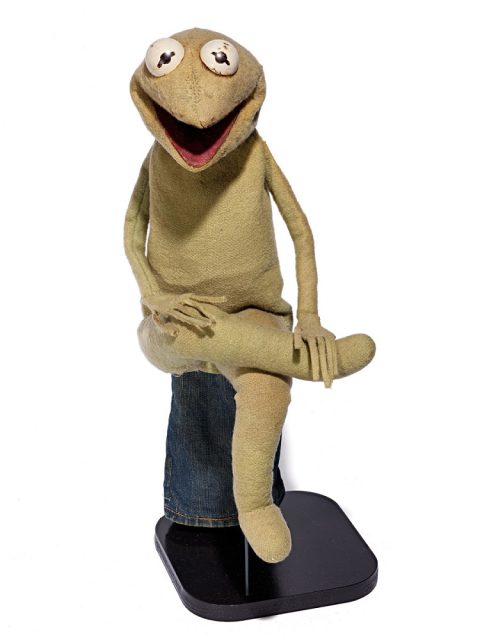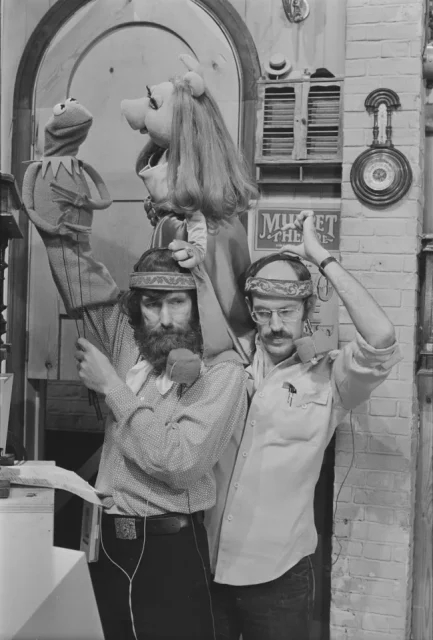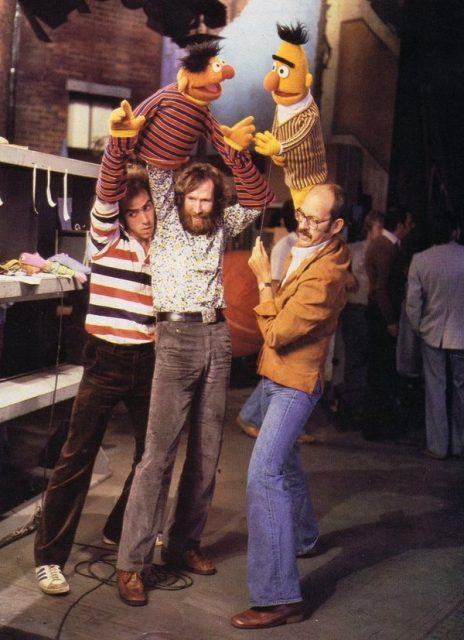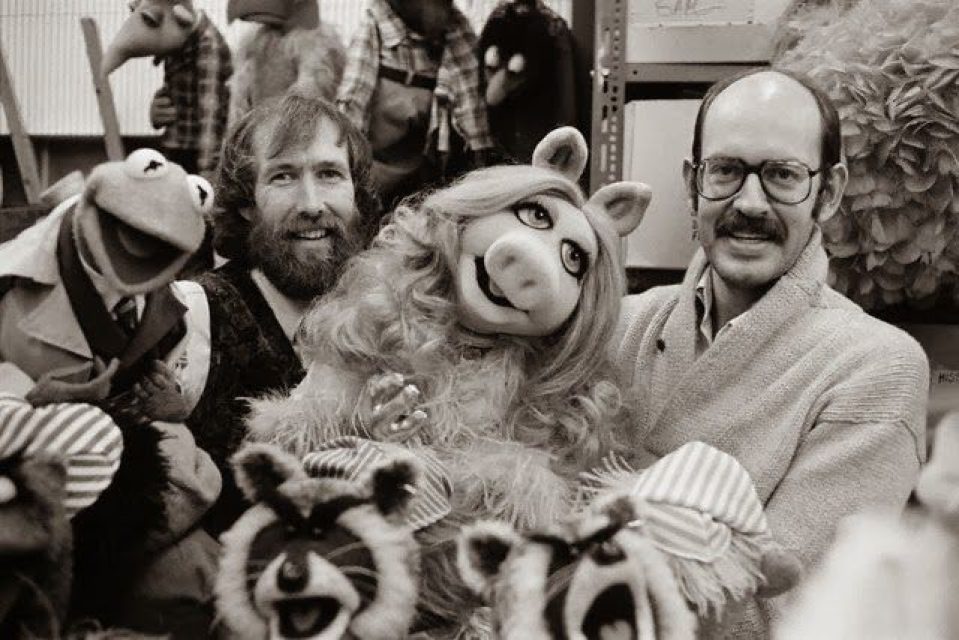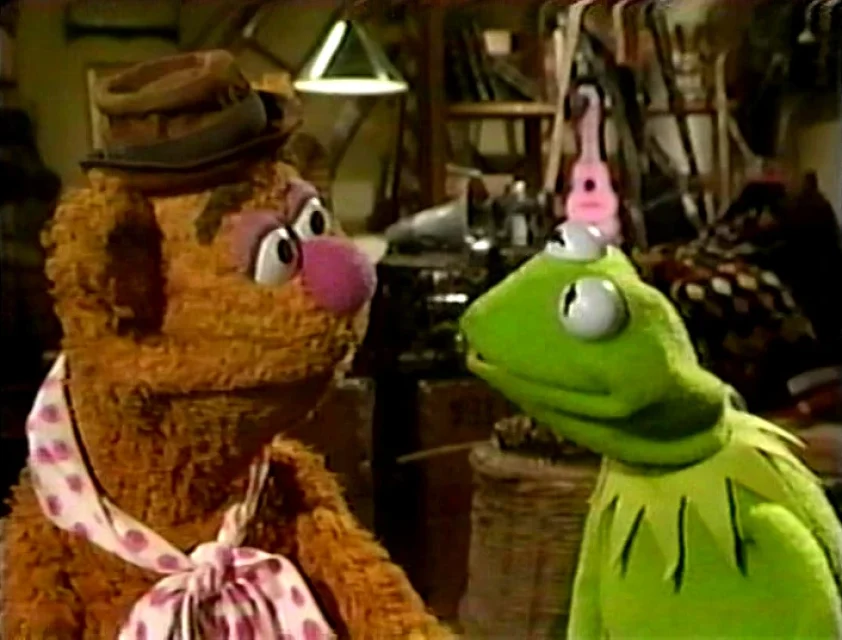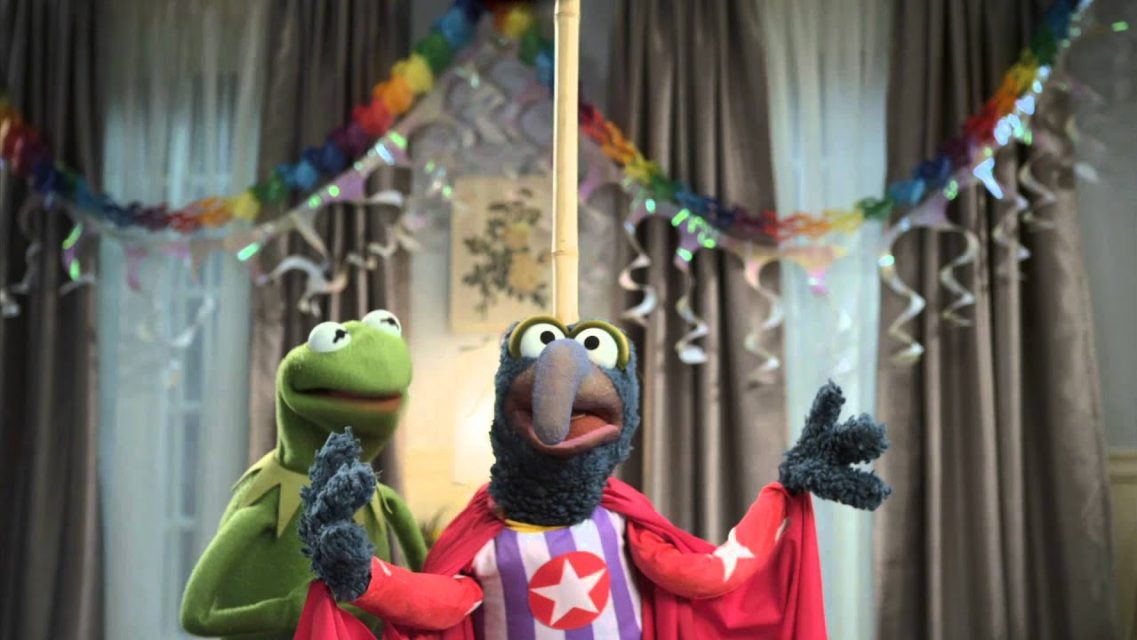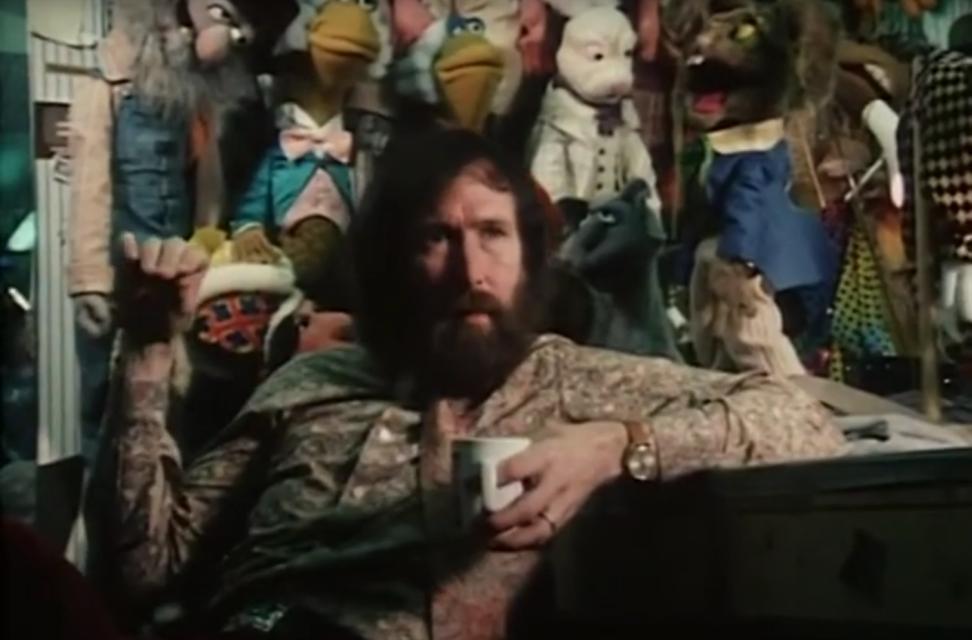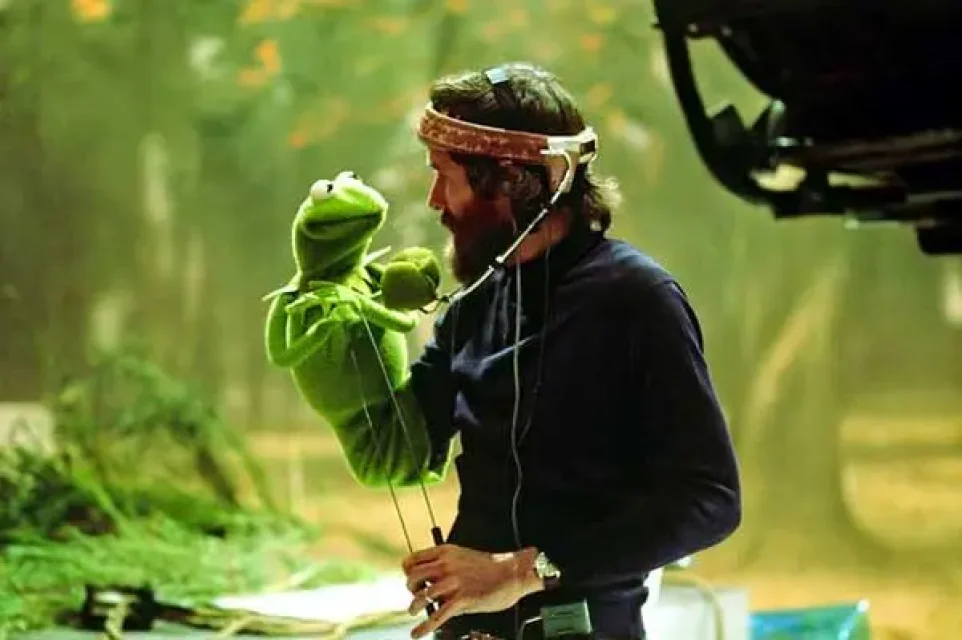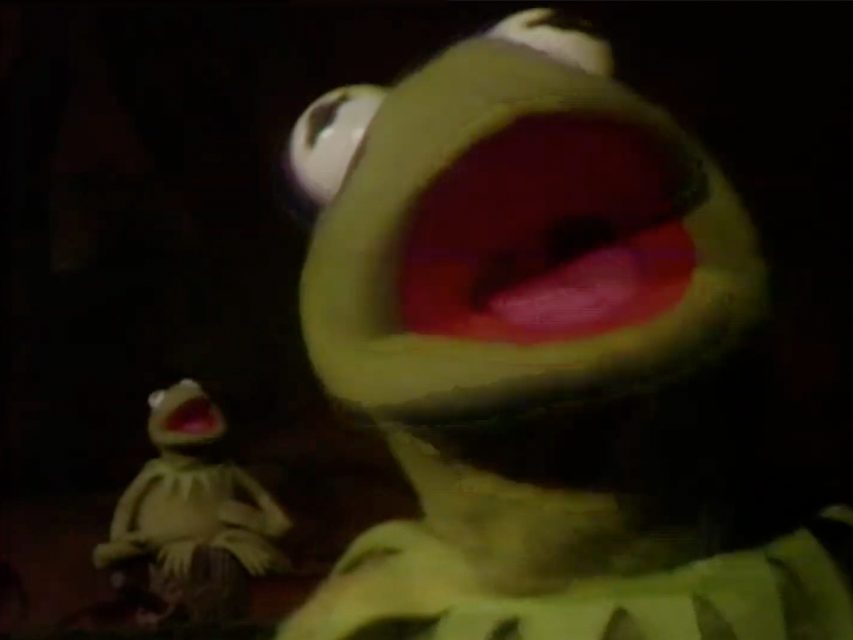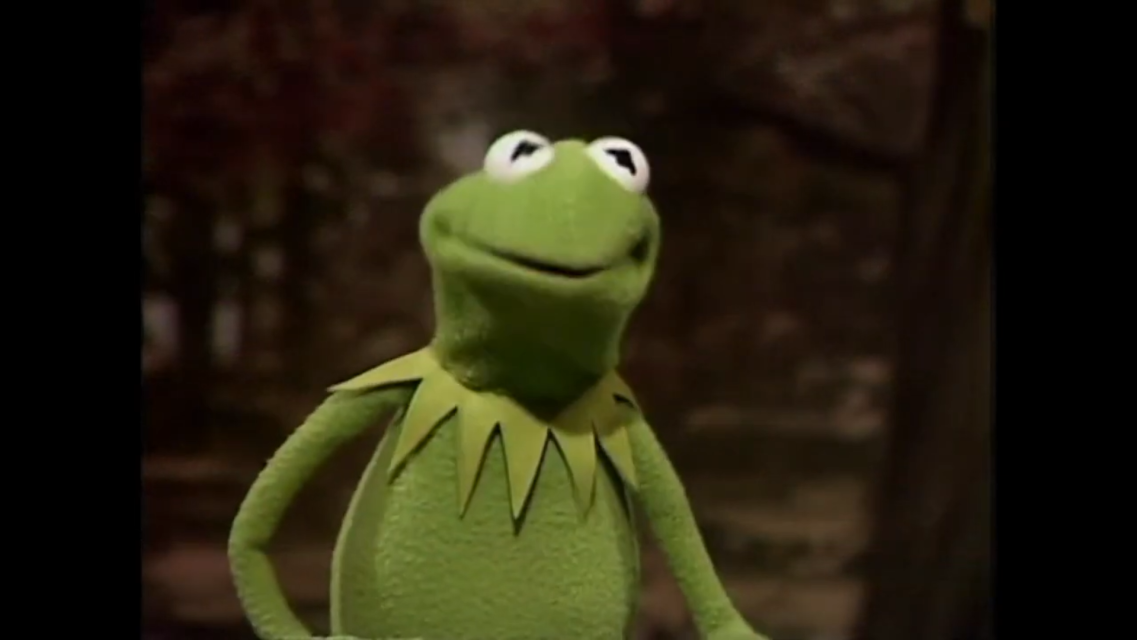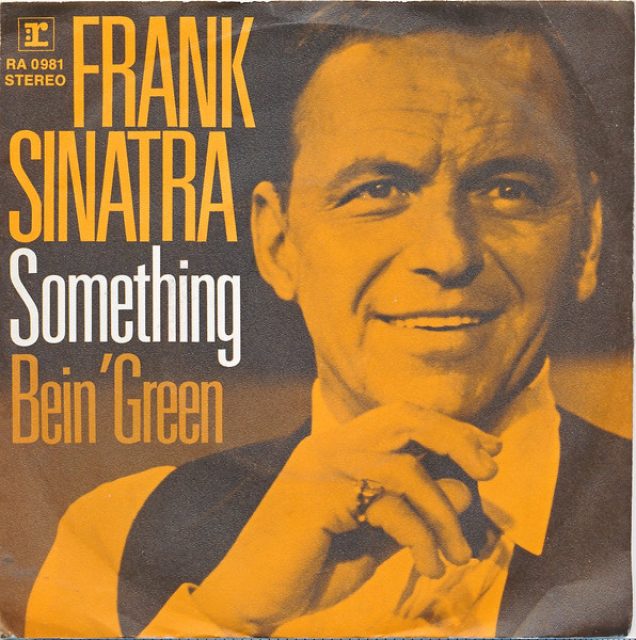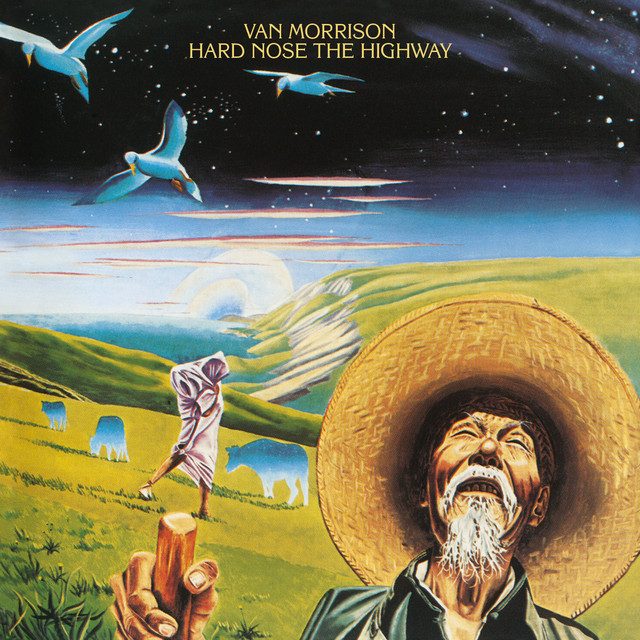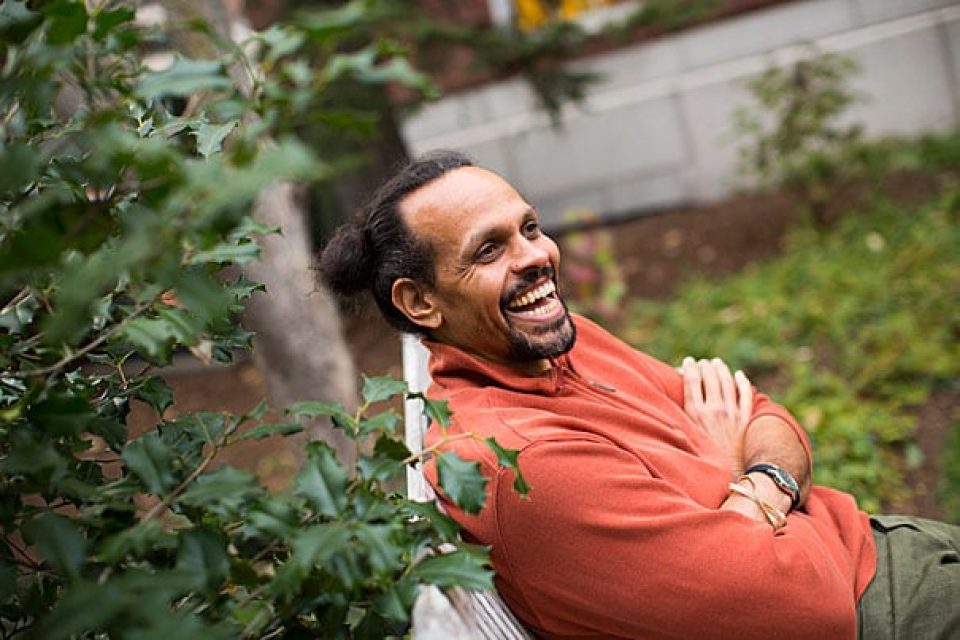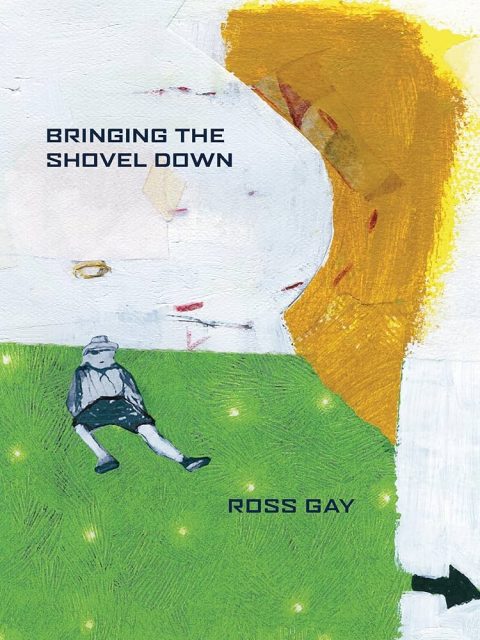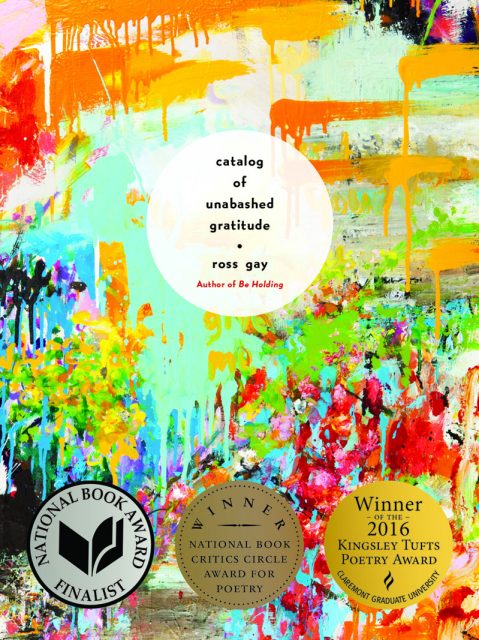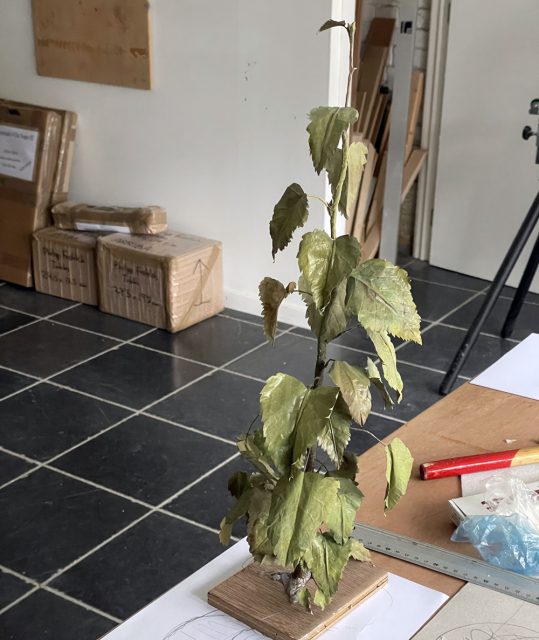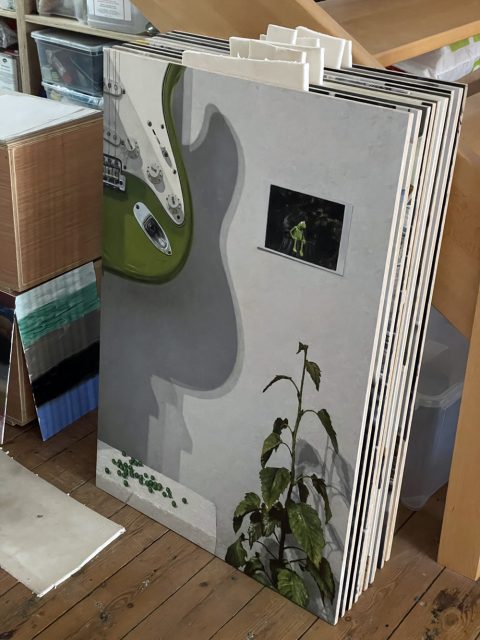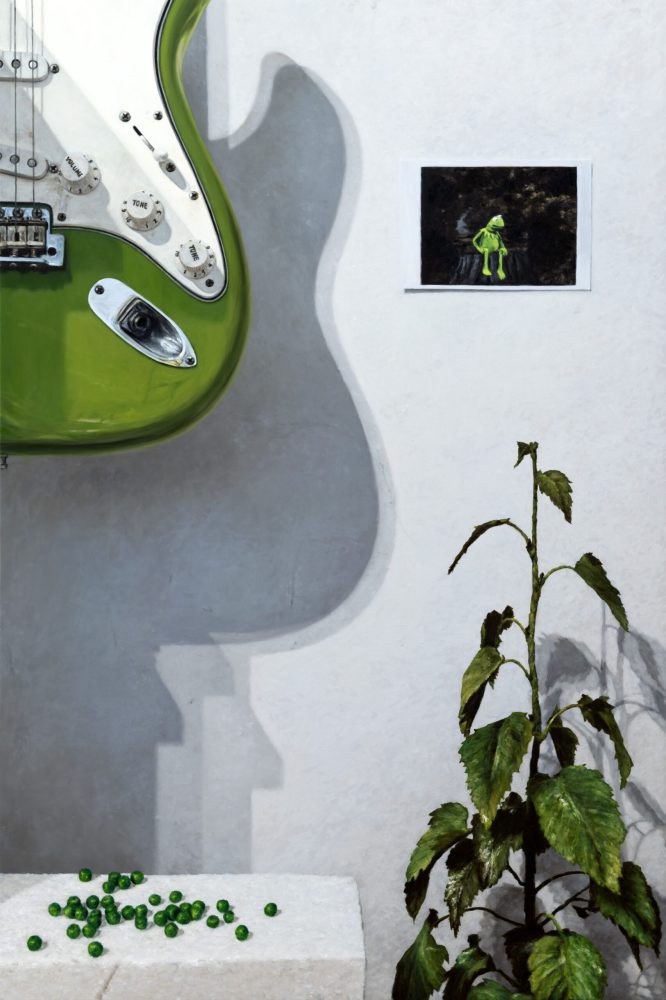Kermit the Frog is the center of The Muppet Show, though he hardly seems built for it. He introduces acts, soothes tempers, apologizes when things inevitably go wrong. He is forever running behind, caught between disappointment at how things fall apart and an everlasting hope to somehow keep them going. He is gentle, diplomatic, well-meaning, and optimistic even while everything collapses around him.
He is an odd hero for a show and is often outshone by the figures around him: Fozzie, the desperately insecure bear, Gonzo, the eccentric daredevil, Animal, driven by pure instinct, and Miss Piggy, the glamorous and dramatic diva. All of them are extravagant and exuberant in their own way.
There is a beautiful and deeply melancholic song that Kermit first sang on Sesame Street in 1970, written by Joe Raposo. Bein’ Green is remarkably introspective for a song aimed at preschool children. Frank Sinatra and Van Morrison both covered it later, and The Muppet Show brought it back twice.
The song has Kermit talking to himself, complaining about being ordinary, about not being noticed because he blends in when it might be nicer to stand out. But as the song unfolds, he slowly reaches a conclusion:
When green is all there is to be
It could make you wonder why
But why wonder, why wonder
I’m green and it’ll do fine
It’s beautiful, and I think it’s what I want to be
The ingenuity of Kermit lies in his simplicity as a puppet. If you look closely, he is hardly more than the hand that moves his mouth and two eyes set on top. Jim Henson designed him this way to make him especially expressive. A slight movement of the little finger and Kermit shows disappointment or delight.
Ross Gay is one of my favorite poets. In his collection Bringing the Shovel Down, there is a poem called Sorrow Is Not My Name that always reminds me of Kermit’s gentle affirmation of life.
“Sorrow Is Not My Name”
by Ross Gay
—after Gwendolyn Brooks
No matter the pull toward brink. No
matter the florid, deep sleep awaits.
There is a time for everything. Look,
just this morning a vulture
nodded his red, grizzled head at me,
and I looked at him, admiring
the sickle of his beak.
Then the wind kicked up, and,
after arranging that good suit of feathers
he up and took off.
Just like that. And to boot,
there are, on this planet alone, something like two
million naturally occurring sweet things,
some with names so generous as to kick
the steel from my knees: agave, persimmon,
stick ball, the purple okra I bought for two bucks
at the market. Think of that. The long night,
the skeleton in the mirror, the man behind me
on the bus taking notes, yeah, yeah.
But look; my niece is running through a field
calling my name. My neighbor sings like an angel
and at the end of my block is a basketball court.
I remember. My color’s green. I’m spring.
—for Walter Aikens
“Sorrow Is Not My Name” by Ross Gay, from Bringing the Shovel Down (University of Pittsburgh Press, 2011).
